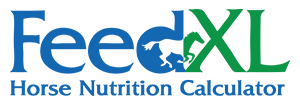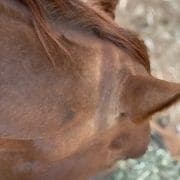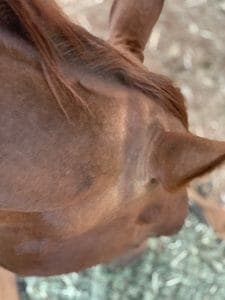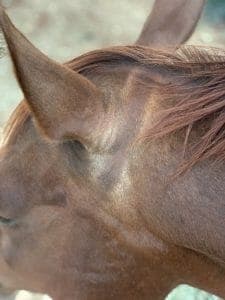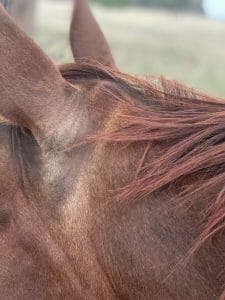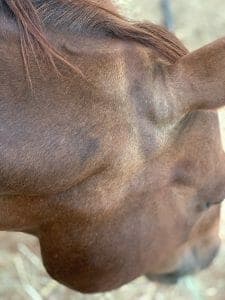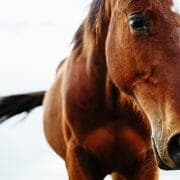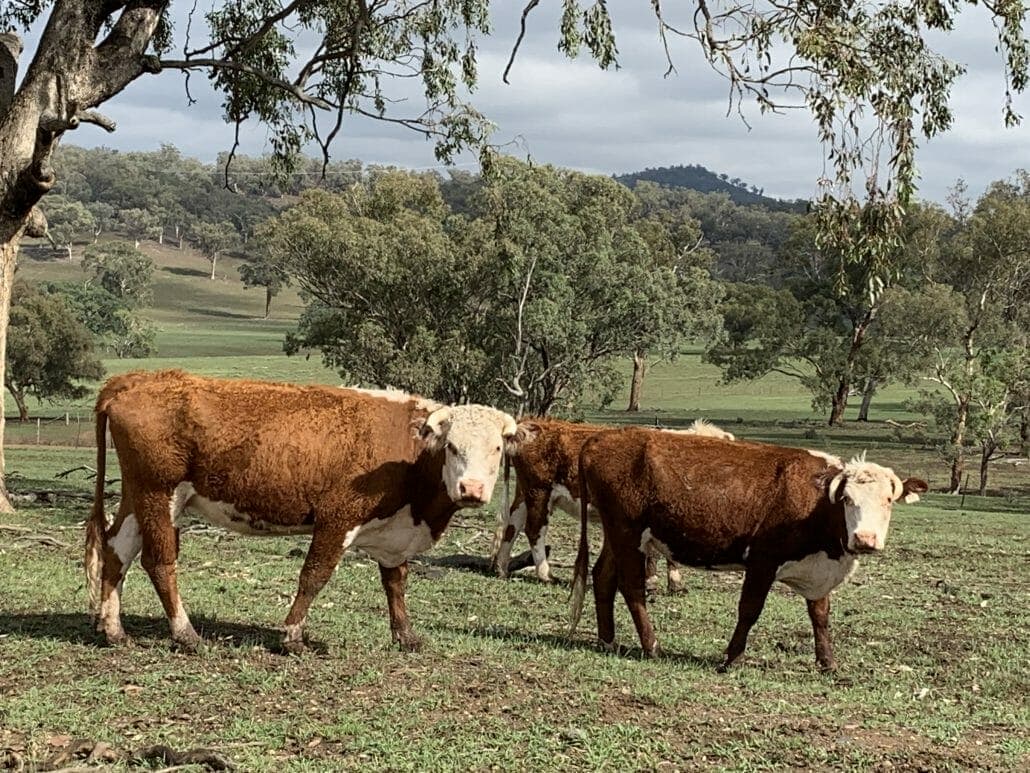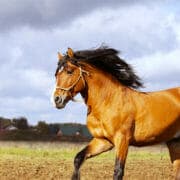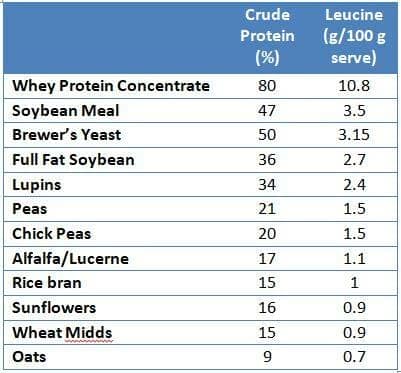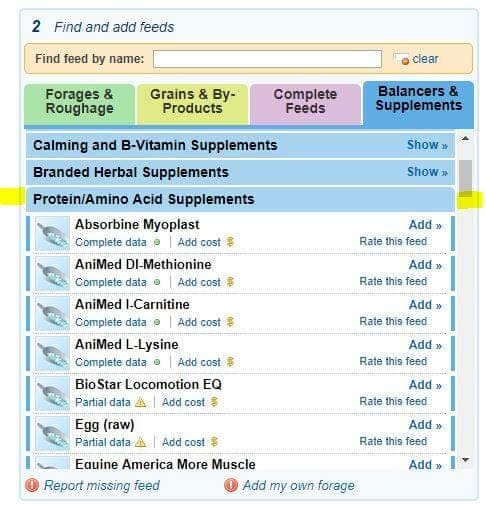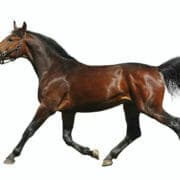Sunbleaching or Sweat?
Sunbleaching in horses appears to be influenced by a combination of sun exposure and sweat.
An unintentional experiment
One of our Nutritionist’s horses lives in a region where flies are prevalent, so the horses wear fly masks during the daytime. They also experience extreme heat, reaching temperatures upwards of 40 degrees Celsius (100°F), which has caused significant sweating behind the ears where the mask straps sit.
A striking observation from this experiment is evident in a liver chestnut horse prone to summer bleaching. Areas where the horse sweated around the mask strap have bleached severely due to the combined effect of sweat and sunlight exposure. Interestingly, under the strap where no sunlight reached, the coat color remains unaffected. This phenomenon highlights the role of sweat in enhancing sunbleaching patterns.
Additional bleaching could be found around the flanks and shoulders, areas where sweating is more pronounced. This reinforces the correlation between sweat, sun exposure, and the resulting bleaching effect, despite adequate dietary intake of copper and zinc, as confirmed by FeedXL and pasture analysis.
It’s notable that another horse, with a distinct coat type characterized by different color, length, thickness, and texture, does not experience any bleaching whatsoever. This suggests that certain coat types are more susceptible to bleaching than others, influenced by both genetics and environmental factors such as climate.
In conclusion, sunbleaching in horses appears to be a complex interaction involving sunlight, sweat, specific coat characteristics, and regional climate conditions. Understanding these factors can help horse owners better manage and protect their horses’ coats during periods of intense sunlight and heat exposure
Do you have a question or comment? Do you need help with feeding?
We would love to welcome you to our FeedXL Horse Nutrition Facebook Group. Ask questions and have them answered by PhD and Masters qualified equine nutritionists and spend time with like-minded horse owners. It’s free!
Click here to join the FeedXL Horse Nutrition Facebook Group
